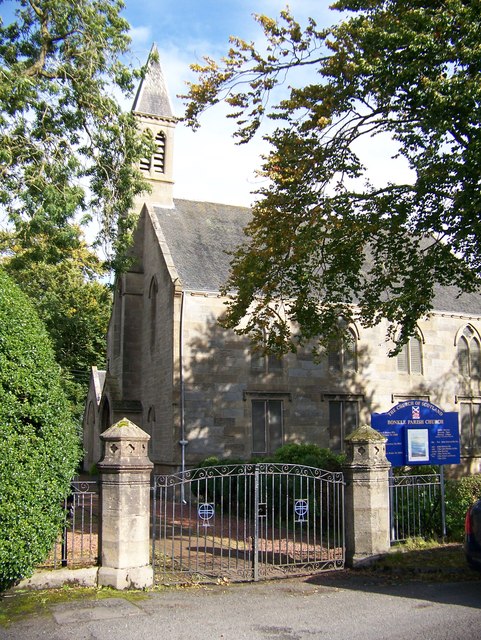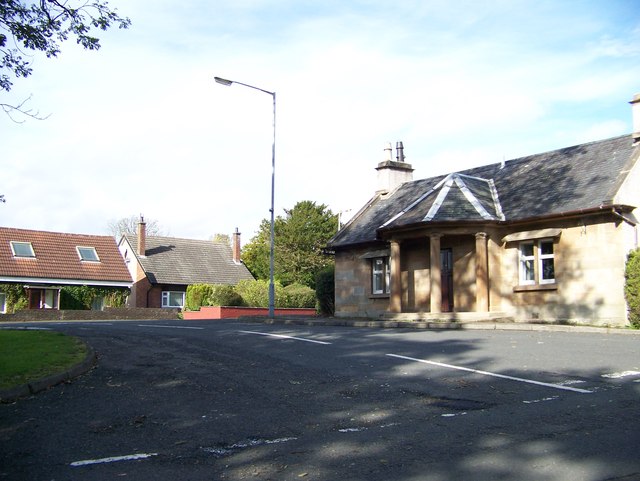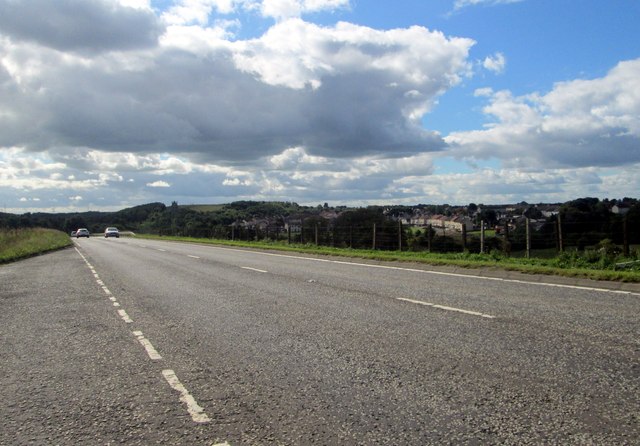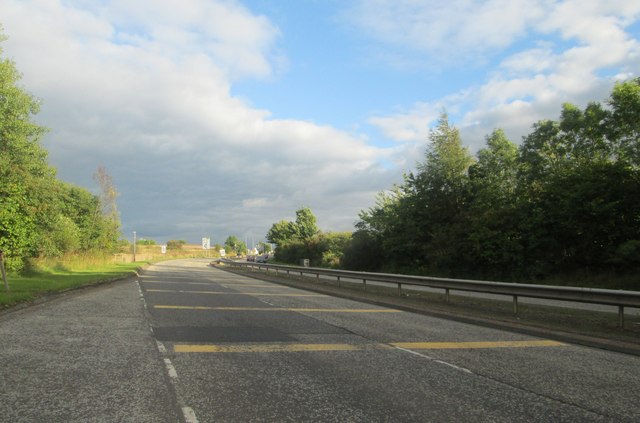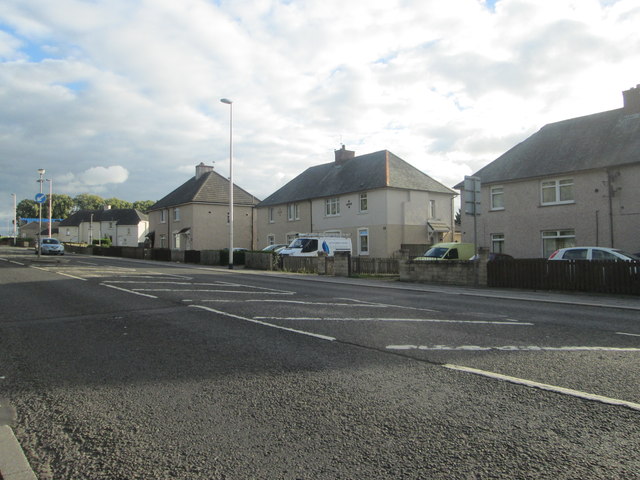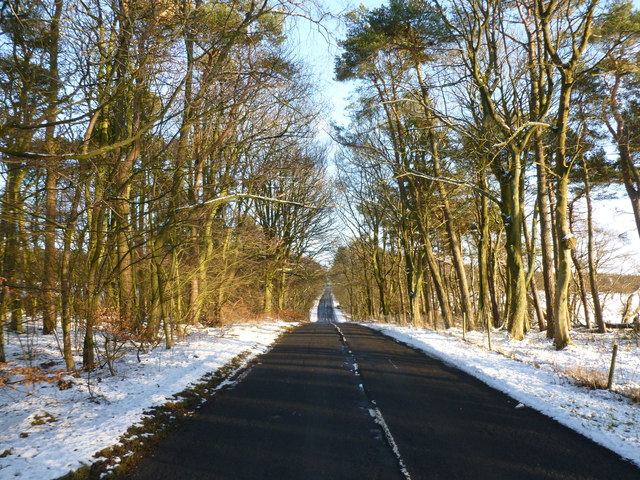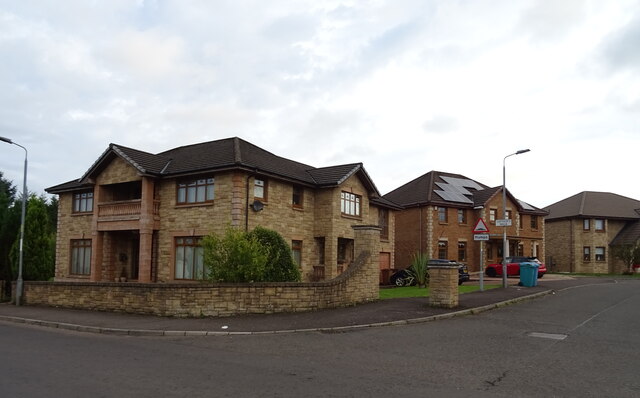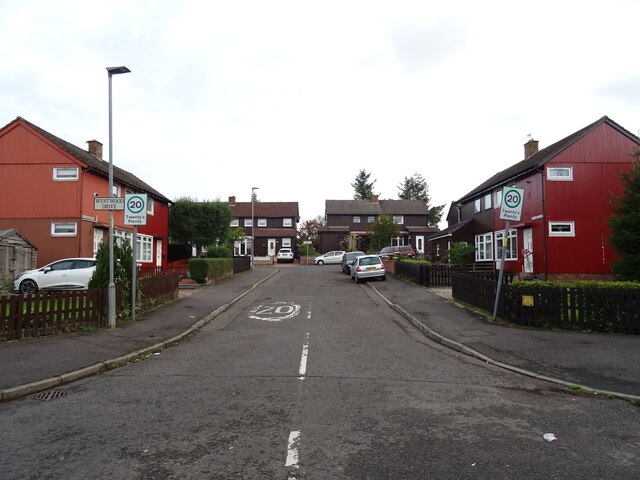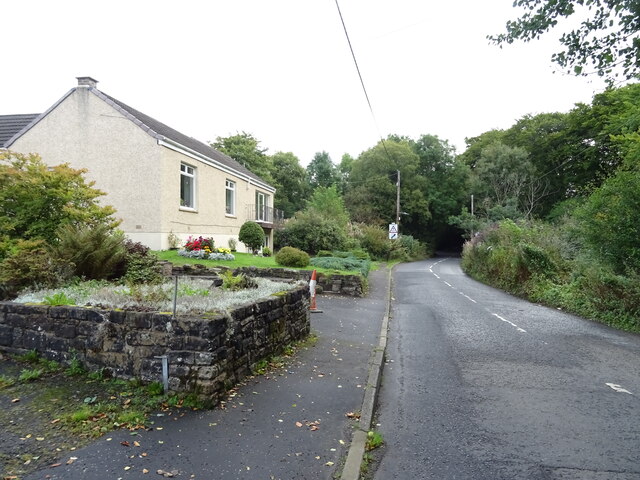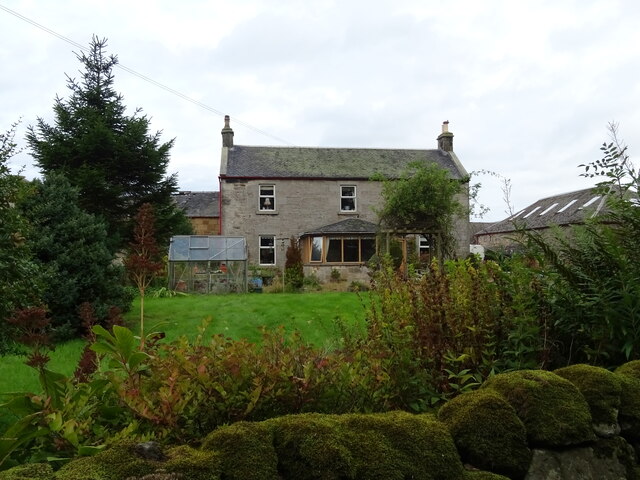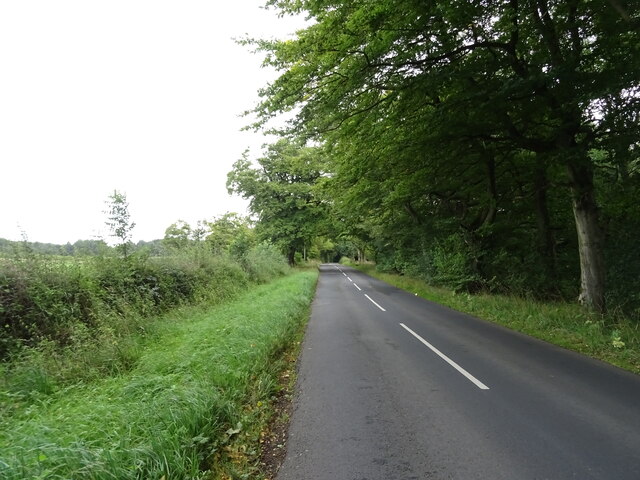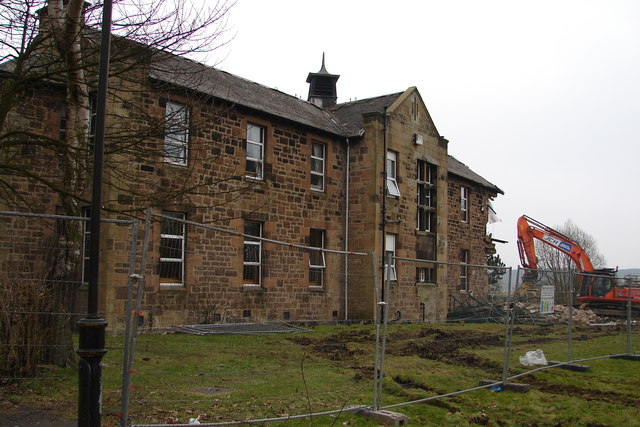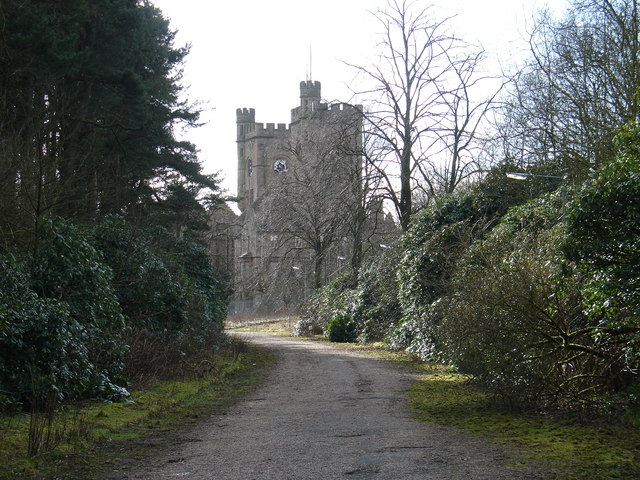Glenhead Wood
Wood, Forest in Lanarkshire
Scotland
Glenhead Wood
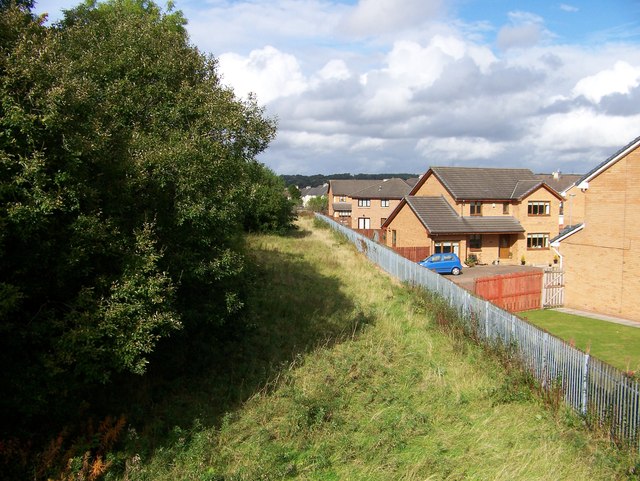
Glenhead Wood is a stunning forest located in Lanarkshire, Scotland. It covers an area of approximately 200 hectares and is renowned for its natural beauty and diverse flora and fauna. The wood is situated near the town of Lesmahagow, making it easily accessible for both locals and tourists.
The forest is predominantly composed of native broadleaf trees, such as oak, birch, and ash, which create a dense and vibrant canopy. These trees provide a habitat for a wide range of wildlife, including birds, squirrels, and deer. Glenhead Wood is particularly known for its birdlife, with species such as woodpeckers, owls, and various songbirds frequently spotted by visitors.
The wood offers several well-maintained walking trails, allowing visitors to explore its scenic surroundings. These paths lead to picturesque viewpoints, tranquil ponds, and enchanting waterfalls, providing ample opportunities for photography and relaxation. Moreover, Glenhead Wood is part of the Clyde Valley Woodlands National Nature Reserve, ensuring its protection and preservation for future generations.
In addition to its natural beauty, Glenhead Wood also holds historical significance. The area was once inhabited by ancient settlements, and traces of their presence can still be found, such as standing stones and burial mounds. These archaeological remnants add an extra layer of intrigue to the forest, attracting history enthusiasts and archaeology buffs.
Overall, Glenhead Wood is a captivating destination for nature lovers, hikers, and those seeking a peaceful retreat. Its lush vegetation, diverse wildlife, and rich history make it a true gem of Lanarkshire.
If you have any feedback on the listing, please let us know in the comments section below.
Glenhead Wood Images
Images are sourced within 2km of 55.798961/-3.8767813 or Grid Reference NS8257. Thanks to Geograph Open Source API. All images are credited.
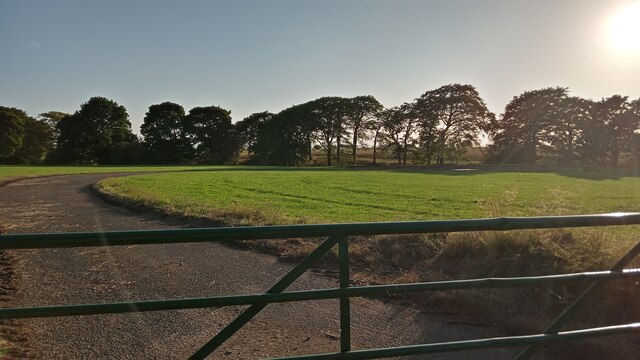

Glenhead Wood is located at Grid Ref: NS8257 (Lat: 55.798961, Lng: -3.8767813)
Unitary Authority: North Lanarkshire
Police Authority: Lanarkshire
What 3 Words
///playback.pictures.quality. Near Newmains, North Lanarkshire
Nearby Locations
Related Wikis
Bonkle
Bonkle is a village 3 miles (4.8 km) north-east of Wishaw in North Lanarkshire, Scotland. It is sited on the east bank of the South Calder Water. Murdostoun...
Newmains railway station
Newmains railway station served the village of Newmains, North Lanarkshire, Scotland from 1867 to 1930 on the Cleland to Morningside Line. == History... ==
Newmains
Newmains is a village and former mining community on the eastern edge of Wishaw, North Lanarkshire, Scotland, 18 miles (29 km) south-east of Glasgow. Although...
Cleland Hospital
Cleland Hospital is a health facility in Auchinlea Drive, Cleland, North Lanarkshire, Scotland. It is managed by NHS Lanarkshire. == History == The facility...
Hartwood Hospital
Hartwood Hospital was a psychiatric hospital located in the village of Hartwood near the town of Shotts in Scotland. == History == The hospital was designed...
Cleland railway station
Cleland railway station is a railway station serving the village of Cleland, near Motherwell in North Lanarkshire, Scotland. Built on the Cleland and Midcalder...
Cleland, North Lanarkshire
Cleland is a village near Motherwell and Wishaw in North Lanarkshire, Scotland, . As of 2018, it has a population of about 3,000. The village has a strong...
Cleland (Old) railway station
Cleland (Old) railway station was opened in 1867 on the Cleland to Morningside Junction line that had opened in 1864. The extension of the Cleland Branch...
Nearby Amenities
Located within 500m of 55.798961,-3.8767813Have you been to Glenhead Wood?
Leave your review of Glenhead Wood below (or comments, questions and feedback).
